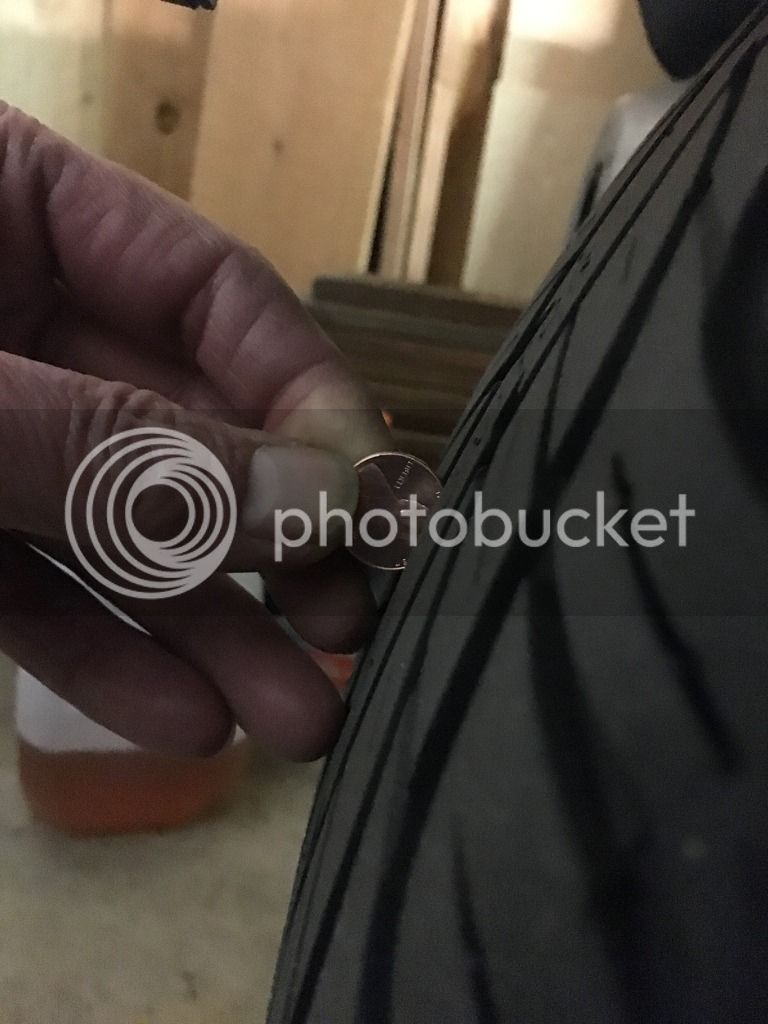What kind of an update would you like?
And in reference to your comments, you don't ride on the sidewall of a CT, ever. You can get up on the edge, sort of, but never over. The sidewalls deform as the bike leans. In really tight stuff you are lifting the outside edge up, but you always have tread on the ground. It's actually very stable and controlable in leans. That's where you notice it the least. You tend to notice it the most going strait. You do notice more resistance when running through water. You can feel the extra drag since the front tire is not cutting a wide enough path for the wide, flat rear tire.
I currently have 5200 miles on the CT with little visible wear. Some scrubbing at the edges from the twisty romps on Hwy 1 in CA mentioned above, but that's it. I'm currently running 30 psi and feel that turn effort is reduced by the lower air pressure. At high speeds, (triple didgets), I don't think I'd want to run lower than 30, but I don't go there often or stay there for prolonged periods.
I don't seem to have suffered much of a mileage impact. Hard to tell due to OR changing to E10 about the same time I changed to the CT. Out of state when I get real gas, my mileage is comparable to the moto tire, 46 or so. I typically was very consistant at about 46-48 in the past with moto tires.
Do keep in mind that I'm also on a new engine now, so there are some variables in play. If you have specific questions, I'll be happy to answer them as best I can.




















































